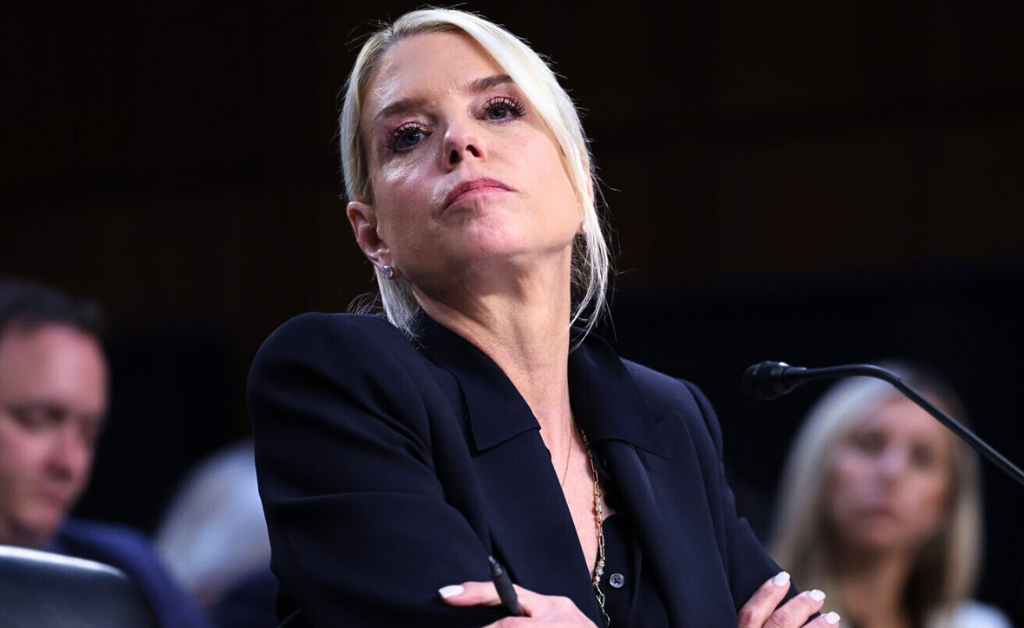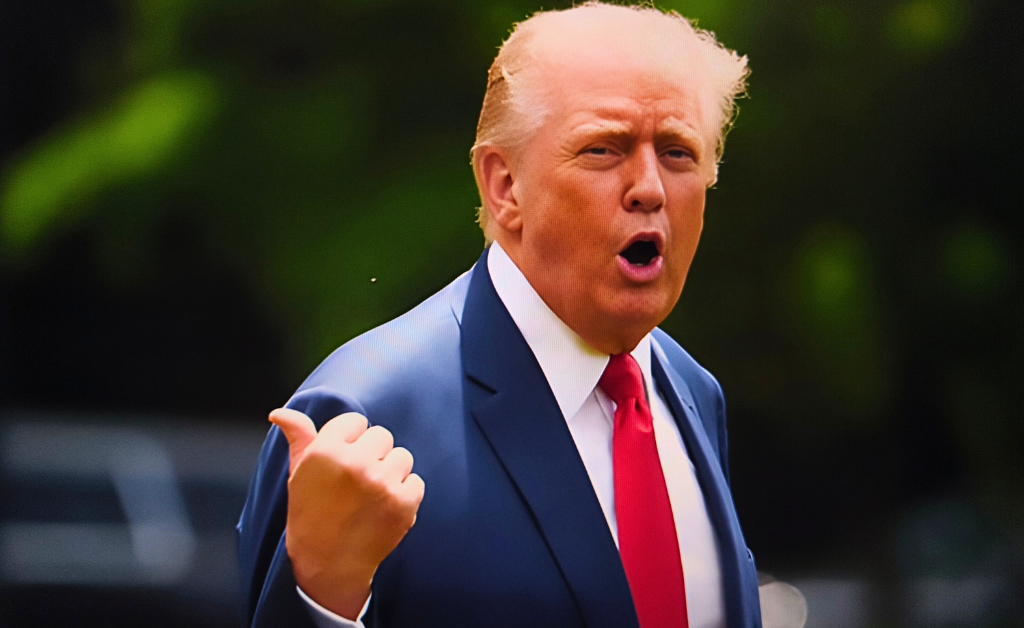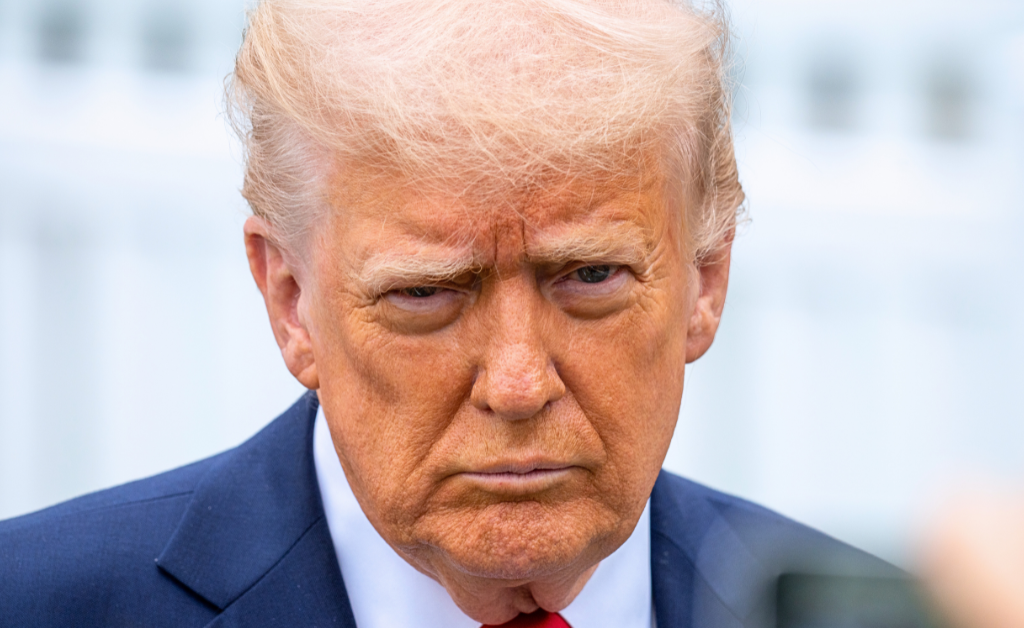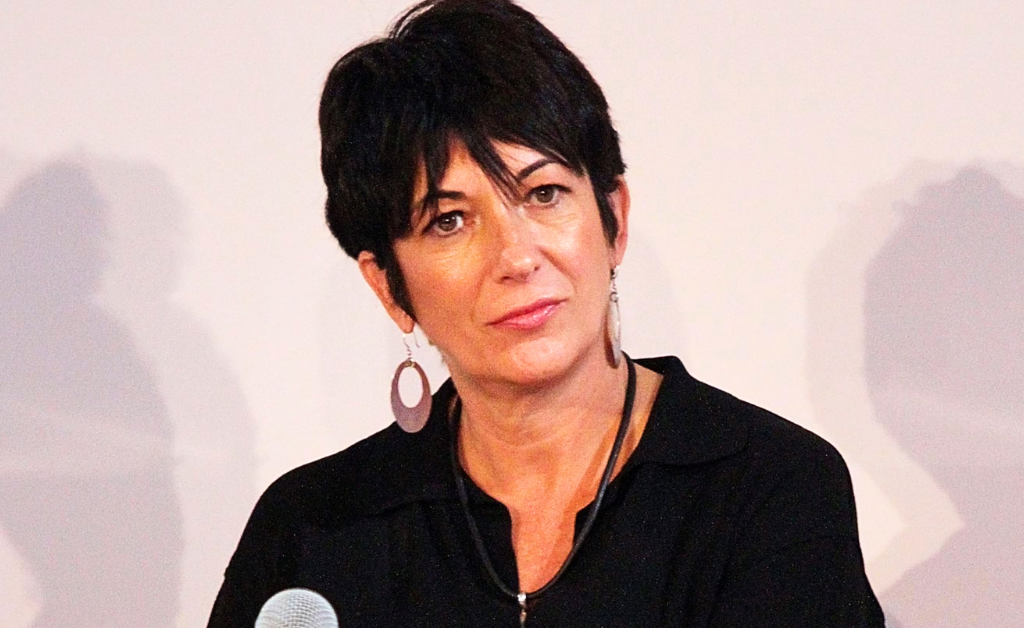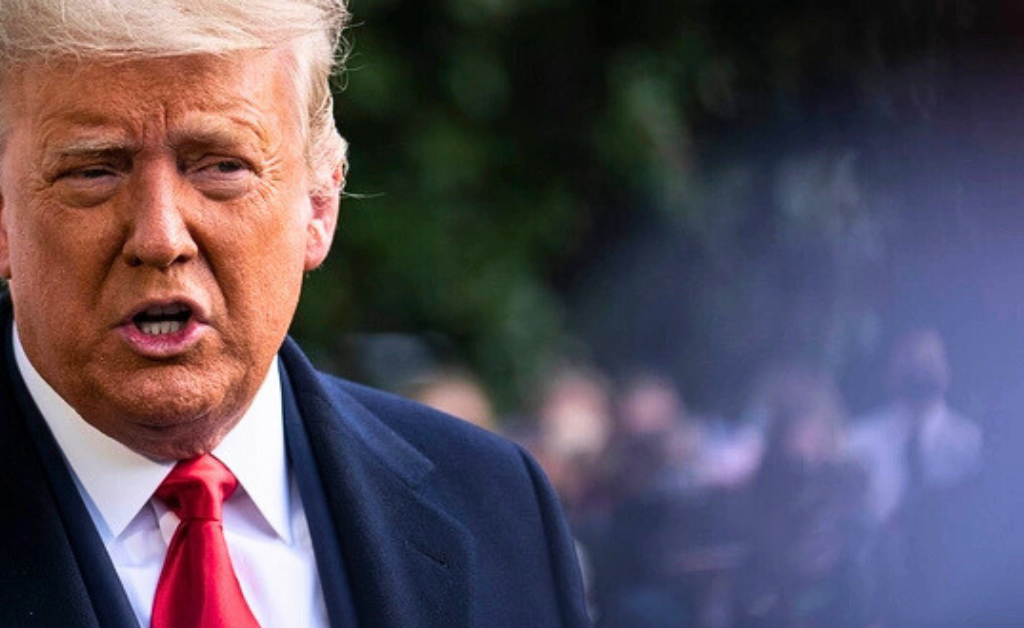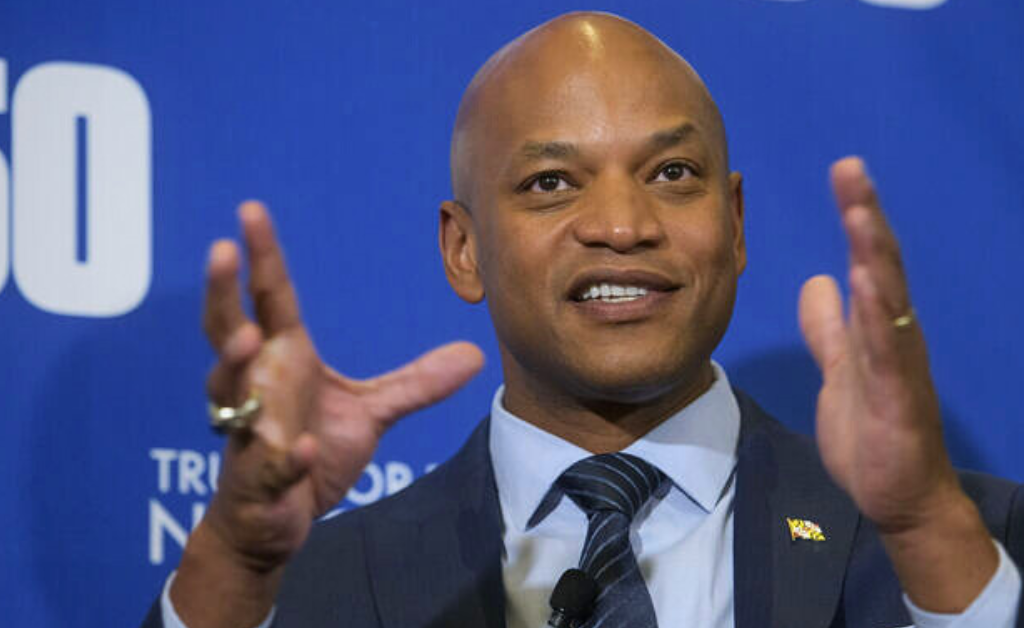- Everyday food purchases — coffee, lunch, takeout — are early, clear indicators of consumer confidence and economic health.
- Consumers aren’t necessarily broke but are “re-prioritizing”: trading down, skipping add-ons, and choosing value to feel smarter about spending.
If your usual coffee or lunch spot suddenly feels more expensive than it did last year — you’re not imagining it. Everyday food purchases have quietly become one of the clearest signs of how Americans are feeling the economy right now.
And the shift is showing up in the data.
Remember when grabbing a quick McDonald’s combo felt like the ultimate no-brainer treat after a long week? Or popping into Chipotle for a loaded bowl without glancing twice at the total? Lately, though, that casual splurge has started to sting a little—or a lot, depending on who you ask.
If you’ve been skipping the drive-thru or swapping soda for water at home, you’re not alone. The folks running some of America’s favorite eateries and drink brands are noticing the same divide, and they’re talking about it out loud on earnings calls.
It’s the kind of behind-the-scenes chatter that turns everyday habits into a sneak peek at where the economy is headed.
The FrankNez Media Daily Briefing newsletter provides all the news you need to start your day. Sign up here.
Americans Are Pulling Back on Small “Everyday Comfort” Purchases
Restaurant prices are up 22% since 2019, according to the Bureau of Labor Statistics. But what’s even more telling is behavior:
- Starbucks said U.S. traffic declined last quarter as customers cut back on add-ons and visits.
- McDonald’s reported customers are “trading down” to cheaper value meals.
- Chipotle acknowledged more consumers are sharing plates or skipping extras like guac and drinks.
These are what economists call “micro-adjustments.” Small spending changes that show up before larger financial decisions shift.
Take McDonald’s CEO Chris Kempczinski. Back in September, he told CNBC straight up: “Traffic for lower-income consumers is down double digits. We needed to step in.”
That “step” was bringing back the Extra Value Meal combos, and later the $5 deal that had everyone buzzing. By the time the chain rolled out its full McValue menu in January 2025, it wasn’t just marketing fluff—it was a direct response to people like us who suddenly saw a $12 Big Mac meal and thought, “Maybe I’ll just microwave leftovers.”
Over at Coca-Cola, the vibe is similar. Chief operating officer Henrique Braun pointed out a “divergency in spending between the income groups” that lingered into the last quarter.
Translation: While some folks are still cracking open a cold Coke zero without a second thought, others are hunting the generic aisle or skipping the fizz entirely. Braun called the pressure on middle- and low-end consumers “still there,” and Pepsi’s team echoed the same worry about shoppers craving more bang for their buck.
Chipotle’s story hits closer to home for anyone who loves a good guac upgrade. CEO Scott Boatwright shared on a recent earnings call that earlier this year, “as consumer sentiment declined sharply, we saw a broad-based pullback in frequency across all income levels.”
But then the gap widened fast. Low- to middle-income guests started coming less often, and the 25-to-35 crowd got slammed hardest—think rising student loans, slower wage bumps, and jobs that feel shakier by the day. Same-store traffic dipped 0.8% in one quarter alone, and the chain slashed its full-year sales forecast for the third time.
Why These Small Choices Matter

When the economy feels tight, people don’t immediately change their rent, car payments, or phone bills.
But they do adjust:
- Coffee
- Lunch
- Take-out frequency
- Restaurant extras
- Whether they order delivery or pick up
These small choices reveal confidence, or a lack of it.
According to Morning Consult, 58% of U.S. adults say they are now more price-conscious on food and dining than they were even a year ago — despite wages rising.
This isn’t about not having money. It’s about being more intentional.
The “Smart Spender” Shift
The emotional tone of spending has changed:
| Before | Now |
|---|---|
| Convenience first | Value first |
| Daily coffee runs | Every other day |
| Add-ons by default | Add-ons if it feels worth it |
| Takeout multiple times a week | More meals cooked at home |
People want to feel smart about their spending — not restricted.
Big Food and Beverage Brands Are Rewriting Their Strategies
Executives are openly talking about the shift:
- Coca-Cola’s CEO recently said consumers are now being “more selective” with purchases.
- Chipotle said the current dining environment reflects “greater price sensitivity.”
- McDonald’s said they are preparing new value-focused menus because customers are seeking deals again.
These are not recession behaviors — they are rebalancing behaviors.
Consumers are adapting to higher everyday costs in a practical, conscious way.
So What Does Your Coffee Order Say About the Economy?
Probably more than you think.
If you’ve:
- Adjusted how often you go
- Switched to at-home coffee
- Checked menu prices before ordering
- Or cut weekday takeout from 4 days to 1–2…
You’re part of a national spending reset.
Not cutting back. Re-prioritizing.
A Lifestyle Reset — Not a Crisis
Despite headline noise, many Americans say these changes make them feel:
- More aware
- More intentional
- More financially grounded
The takeaway isn’t: “People can’t afford Starbucks anymore.”
The real story is: People want their spending to reflect what genuinely matters to them.
And sometimes, the most revealing sign of that shift is something as simple — and meaningful — as your next coffee or burrito order.
Also Read: U.S. Now in A Housing Market Recession, Will Prices Finally Plunge?



